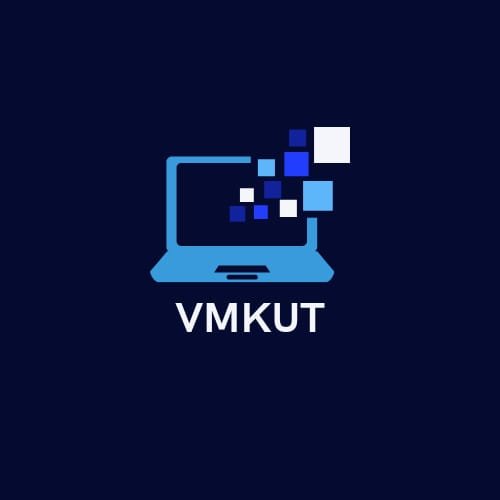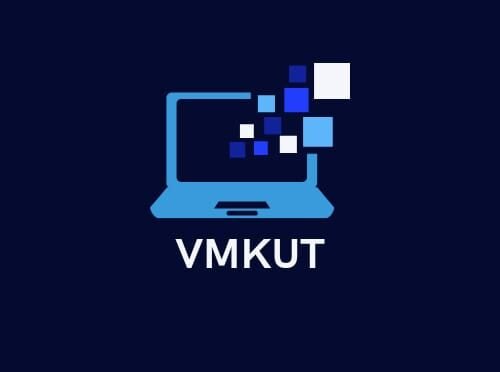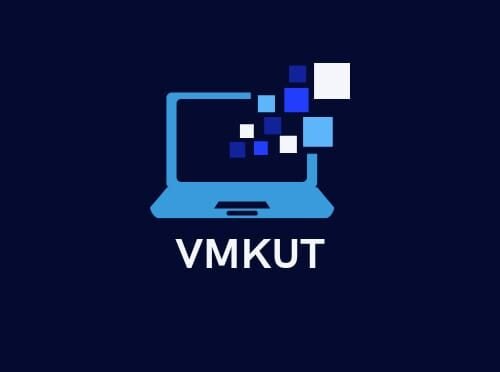###Introduction
In the digital age, content is king. The rise of social media, blogs, podcasts, and video platforms has created a demand for skilled content creators who can produce engaging and relevant material. A VMKUT Training Institute is the premier Content Creation Institute (CCI) serves as an educational hub that equips individuals with the skills and knowledge necessary to thrive in this dynamic field. This overview delves into the purpose, structure, benefits, and future trends of content creation institutes.
###Definition and Purpose of VMKUT Training Institute

VMKUT Content Creation Institute is an educational organization focused on teaching on digital mode with practical, the principles, techniques, and tools required for effective content creation across various digital mediums. The primary purposes of a VMKUT CCI include:
- Skill Development: Providing students with the practical skills needed to create high-quality content, including writing, video production, graphic design, and digital marketing.
- Industry Insights: Offering insights into current trends, best practices, and emerging technologies within the content creation landscape.
- Networking Opportunities: Connecting students with industry professionals, potential collaborators, and employers.
- Portfolio Development: Helping students build a professional portfolio that showcases their skills and projects, essential for job placements.
###Curriculum Overview
A typical curriculum at VMKUT Content Creation Institute may cover a wide range of topics, including:
- Writing and Storytelling:
- Fundamentals of writing for different platforms (blogs, social media, video scripts).
- Techniques for effective storytelling and audience engagement.
- Video Production:
- Basics of filming, editing, and producing video content.
- Understanding lighting, sound, and camera angles.
- Graphic Design:
- Introduction to design principles and software (e.g., Adobe Creative Suite).
- Creating visually appealing graphics for various digital platforms.
- Digital Marketing:
- Strategies for promoting content through SEO, social media, and email marketing.
- Understanding analytics and metrics to measure content performance.
- Branding and Personal Branding:
- Developing a personal or business brand identity.
- Techniques for building an online presence and credibility.
- Emerging Technologies:
- Exploring trends such as virtual reality (VR), augmented reality (AR), and artificial intelligence (AI) in content creation.
###Teaching Methods
Content Creation Institutes employ various teaching methods to engage students effectively:
- Hands-On Workshops:
- Practical sessions where students create real projects, applying theoretical knowledge to hands-on tasks.
- Online and Hybrid Learning:
- Flexibility in learning through online courses, allowing students to balance education with other commitments.
- Guest Lectures:
- Inviting industry experts to share their experiences, insights, and best practices, providing students with real-world perspectives.
- Group Projects:
- Collaborating on projects helps students develop teamwork skills and learn from one another.
- Mentorship Programs:
- Pairing students with mentors from the industry to guide them in their learning journey and career development.
###Benefits of Attending VMKUT Content Creation Institute

- Comprehensive Skill Acquisition:
- Students gain a well-rounded skill set that prepares them for various roles in content creation, from writing to video production.
- Enhanced Employability:
- Graduates are often more attractive to employers due to their practical experience and comprehensive training.
- Networking Opportunities:
- Institutes provide a platform for students to connect with peers, industry professionals, and potential employers, facilitating job placements.
- Access to Resources:
- Many CCIs offer access to industry-standard tools, software, and facilities, enriching the learning experience.
- Portfolio Development:
- Students leave with a portfolio showcasing their work, which is critical for securing jobs in a competitive market.
###Case Studies of Successful VMKUT Content Creation Institutes
- **The Creative Circus (Atlanta, GA *
- A specialized school offering programs in advertising, design, and interactive media, emphasizing hands-on projects and collaboration with industry professionals.
- School of Visual Arts (New York, NY):
- Offers a certificate and Diploma in Digital Media, providing students with a comprehensive education in both traditional and digital content creation.
- The VMKUT Content Creation Academy:
- An online platform offering courses focused on various aspects of content creation, including blogging, podcasting, and social media strategies.
###Challenges Faced by Content Creation Institutes
- Keeping Up with Trends:
- The rapid evolution of digital platforms and technologies necessitates continuous curriculum updates to remain relevant.
- Competition:
- The growing number of online courses and free resources can make it challenging for traditional institutes to attract students.
- Practical Experience:
- Ensuring students gain sufficient hands-on experience can be resource-intensive and requires industry partnerships.
- Student Engagement:
- Maintaining high levels of engagement in both online and in-person settings is critical for effective learning.
###Future Trends in VMKUT Content Creation Education
- Increased Focus on Digital Skills:
- As digital content becomes more prevalent, there will be a stronger emphasis on teaching digital literacy and technology-related skills.
- Personalized Learning Experiences:
- Utilizing AI and data analytics to tailor educational experiences based on individual student needs and preferences.
- Integration of Emerging Technologies:
- Incorporating VR, AR, and AI into the curriculum to prepare students for the future of content creation.
- Collaborative Learning Environments:
- Encouraging collaboration among students from different disciplines to foster creativity and innovation.
- Global Perspectives:
- Expanding access to international students through online platforms, fostering a diverse learning environment.
Conclusion
VMKUT Content Creation Institutes play a crucial role in shaping the future of media and communications. By equipping individuals with the necessary skills, knowledge, and experience, these institutes contribute to the development of a new generation of content creators capable of navigating the complexities of the digital landscape. As the demand for quality content continues to grow, the importance of such.
















